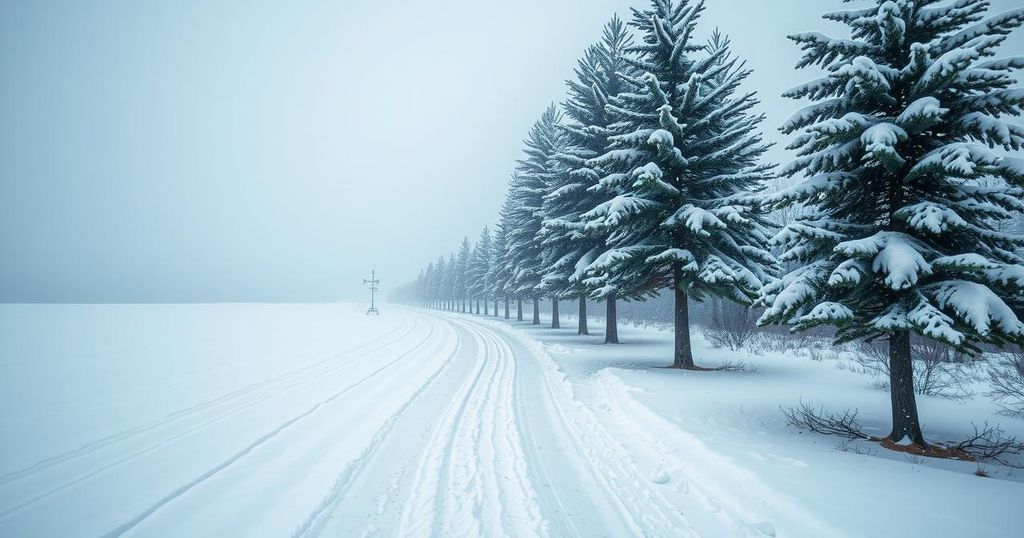The Impact of A.I. on Weather Photography Eleven Years After Raleigh’s Snowpocalypse

On February 12, 2014, Raleigh experienced the “Snowpocalypse,” a major snowstorm characterized by heavy snowfall and severe traffic disruptions. This event demonstrated the immense influence of social media, with many iconic images and memes emerging from the chaos. Additionally, the rise of artificial intelligence in weather photography has raised concerns about the authenticity of visual content, highlighting the need for critical awareness in a digital age.
Eleven years ago, on February 12, 2014, Raleigh and the surrounding Triangle area experienced a significant winter storm, often referred to as the “Snowpocalypse.” This storm developed under ideal meteorological conditions, with high-pressure systems bringing cold air from the north and low-pressure systems delivering moisture from the south, resulting in a snowfall rate of about one inch per hour. Consequently, schools dismissed students early, leading to severe traffic congestion as citizens attempted to return home, resulting in a gridlock situation shortly thereafter.
As the storm progressed, the Triangle received four to five inches of snow within hours, transitioning to sleet and freezing rain as the evening approached. This hazardous weather created a challenging environment, illustrated vividly by images that circulated rapidly on social media, including one iconic photograph taken by Lindsay Webb. The combination of heavy snowfall, stranded vehicles, and social media’s burgeoning role in communication spurred a frenzy of internet memes, reflecting the event’s cultural impact.
In recent years, the advent of artificial intelligence (A.I.) in weather photography has raised significant concerns. Peter Forister, a seasoned photographer and storm chaser, noted the rapid advancement in A.I. image generation, explaining that these models are now trained to produce increasingly realistic images based on existing photographs. The challenge for the untrained observer is distinguishing between genuine and artificially created images, particularly during major weather events, where unrealistically curated visuals may emerge.
Forister warned about identifying A.I.-generated images by their often “plastic” appearance, urging the public to maintain a critical perspective when consuming online content about weather events. This advice is crucial, as misleading images can spread quickly across social media platforms, potentially confusing and deceiving viewers. As society continues to rely heavily on digital images, the need for discernment becomes ever more vital.
In conclusion, the 2014 Snowpocalypse in Raleigh marked a significant weather event that left a lasting impression on the community and social media landscape. This historic storm also foreshadowed the challenges posed by the increasing prevalence of artificial intelligence in weather photography. As A.I. technology evolves, it becomes more difficult for individuals to differentiate between real and artificially generated images, demanding a more vigilant approach to how such information is consumed online. Thus, it is imperative that audiences remain critical of the visual content shared in the context of weather-related reports.
Original Source: www.wral.com





